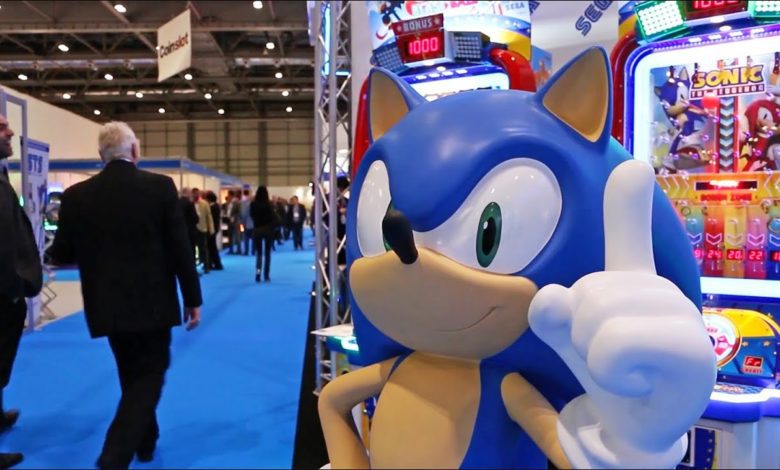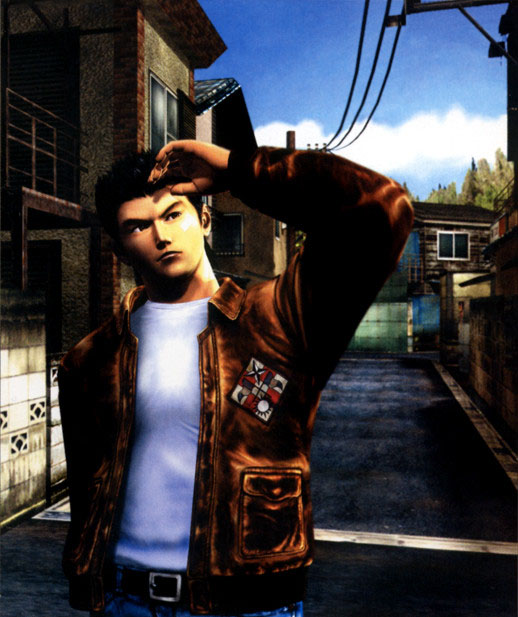
My own experience with Yu Suzuki’s masterpiece, Shenmue
SEGA’s epic story of a young man’s quest to avenge his father’s death recently (a month is recent, right?) had it’s 15th anniversary. On December 29th 1999, Shenmue was released in stores across Japan. At the time, Shenmue was the most expensive game ever created with production costs of up to $47 million dollars.
The game’s creator, Yu Suzuki, planned on having Shenmue span sixteen chapters, but poor sales led to an indefinite stop in development of the series. This also gave the gaming world one of the biggest cliffhangers in video game history.
I was but a wee lad when I first played Shenmue on the Sega Dreamcast. Prior to owning the Dreamcast, I had a PlayStation and a Nintendo 64, so witnessing Shenmue for the first time felt like an epiphany. Shenmue had given me a lasting impression on how video games could be more than just a game; they could be an experience.
Suzuki’s epic pioneered many aspects of video game realism that the modern gamer might take for granted: weather changed from day to day, fully voiced non-playable characters had their own schedules, QTEs (Quick Time Events) were introduced and you could explore Ryo Hazuki’s world down to the smallest drawer. Combine that with the beautiful soundtrack and graphics and you’ve got this kid hooked.

People tend to ask me, “Well why do you love this game so much? It seems pretty boring to me and there’s barely any action.” and it’s hard for me to give them an exact description why. A recent post from the Shenmue Dojo made explaining my reasoning that much clearer:
Shenmue works exclusively as a video game because no other medium has the same long-form potential or explorative capacity as this one. We can absorb Ryo’s life, friends, family and hometown in a way that nothing else would allow, and we can do it on our own time and in our own way. Pieces of this lucid dream fall into place very slowly and subtly, building a universe almost on the fly.
At first, we’re unsure as to why we should give a shit about this kid and his old man but it gradually becomes clear. Empathy for a set of characters we’ve just met won’t arrive immediately, and Shenmue is unique in that these feelings do eventually emerge; who didn’t want to kick Lan Di’s ass by the end of the game? It’s via immersion in his surroundings – not some some miraculous narrative ace in the hole – that we come to care about Ryo and those around him.
It’s that immersion into his world that myself and many fans of the game have come to love, and it saddens me that we may never see Ryo Hazuki leave that cave.

Shenmue’s dedicated fan base hasn’t yet given up hope on a potential third game.
The Shenmue Facebook page, called Shenmue 500k, campaigns for the awareness of the Shenmue franchise on the third of every month (That’s today, people! Be heard on the third!) on Twitter using the hash tag: #SaveShenmue.
The page hopes to attract the attention of SEGA and third party developers so as to encourage Shenmue III to be made. Gio Corsi, Director of Third Party Production for PlayStation, has stated that fans should not give up on a potential new Shenmue title. I guess only time will tell whether or not Corsi’s statement comes true. In the meantime, be heard on the third, go dust off your Dreamcast, and look for some sailors.

